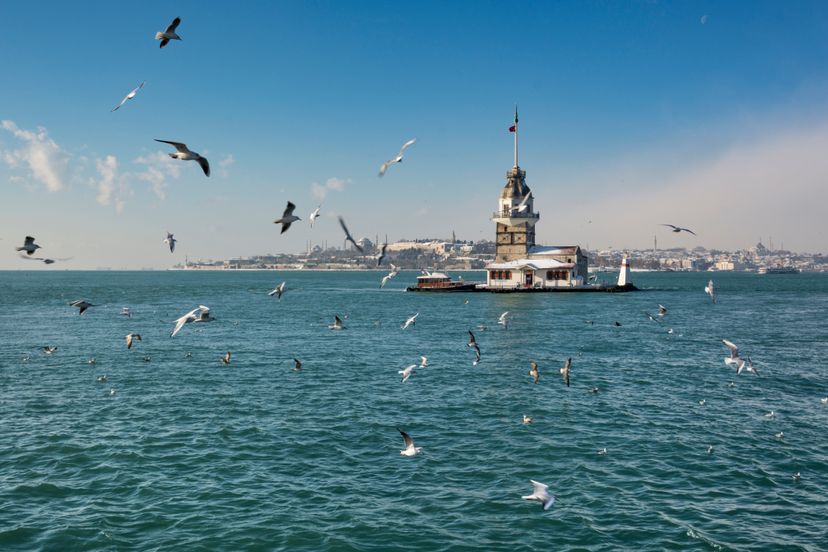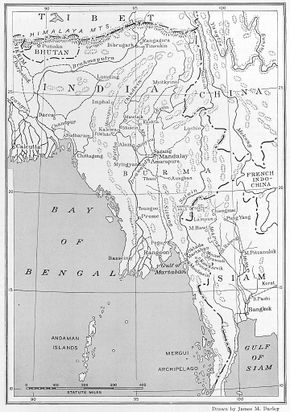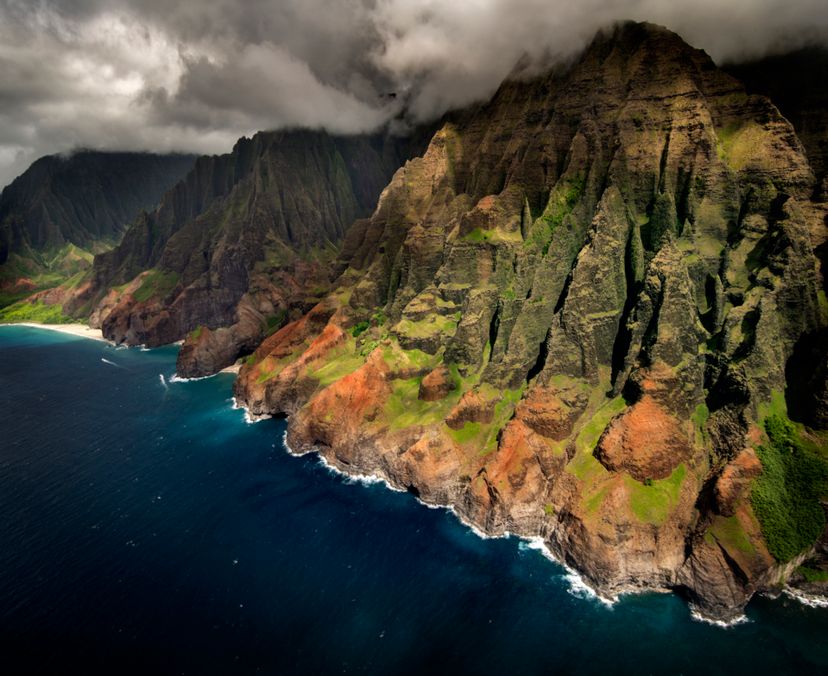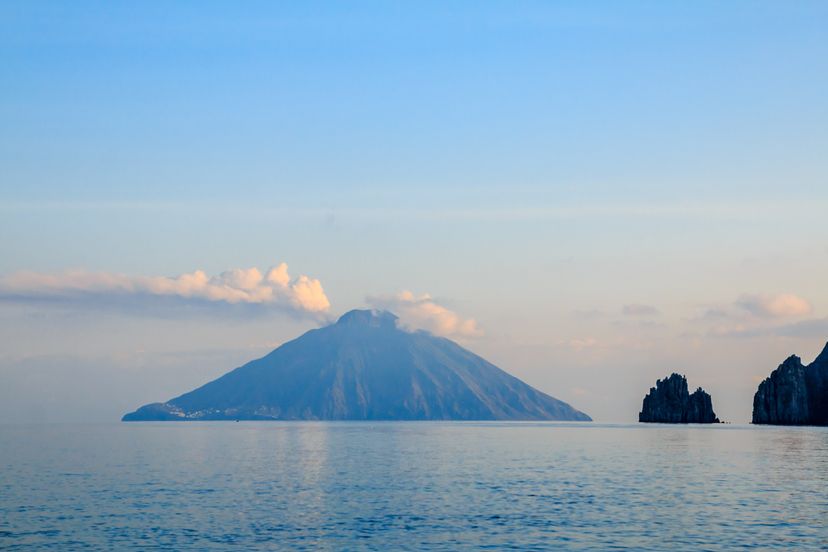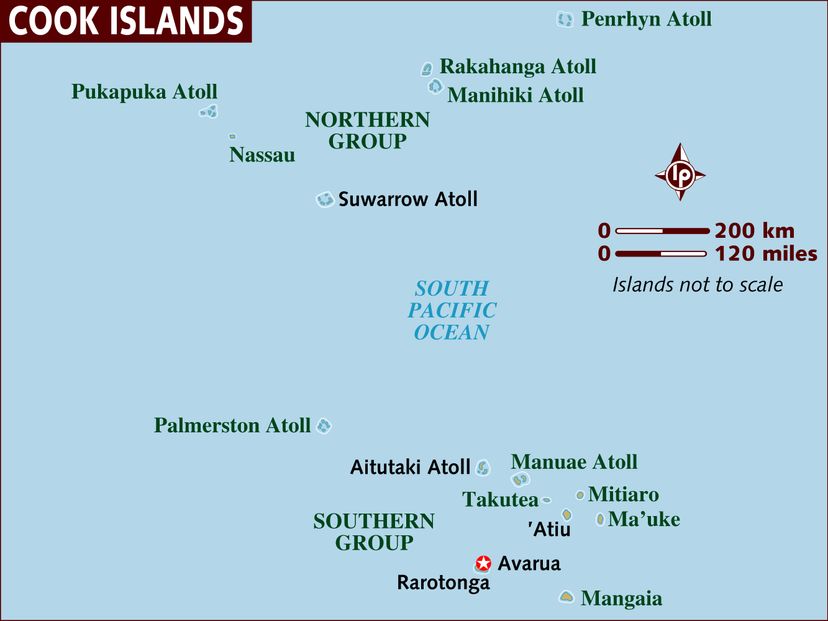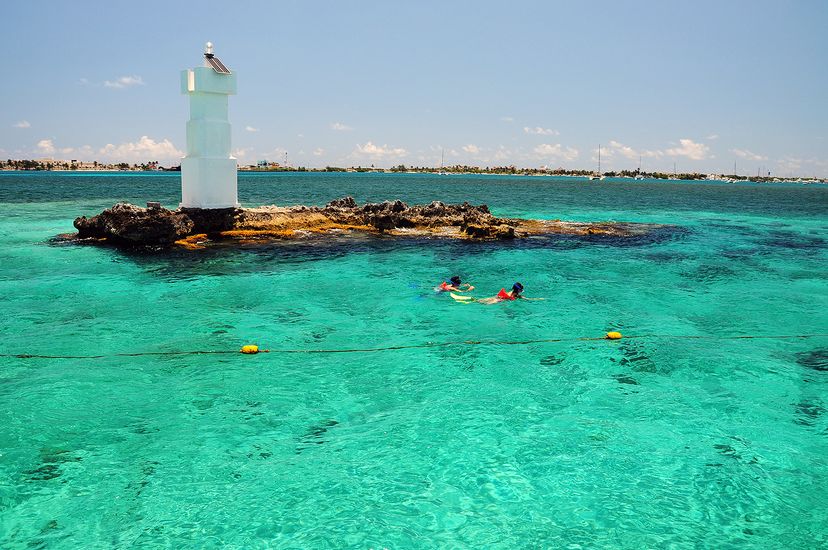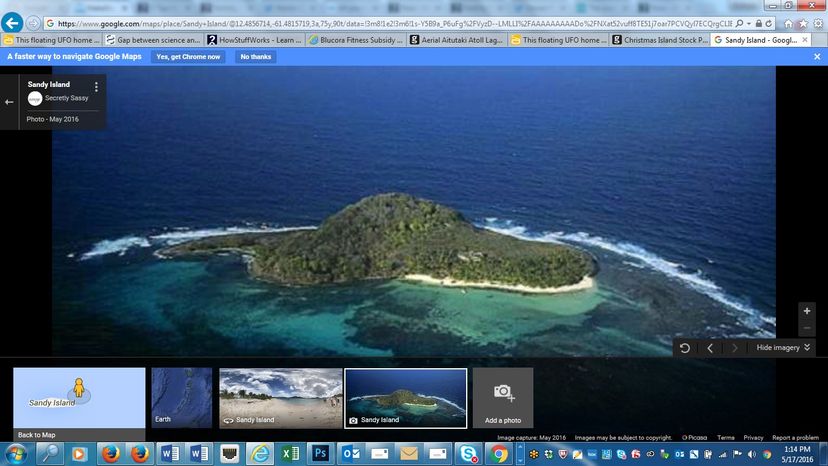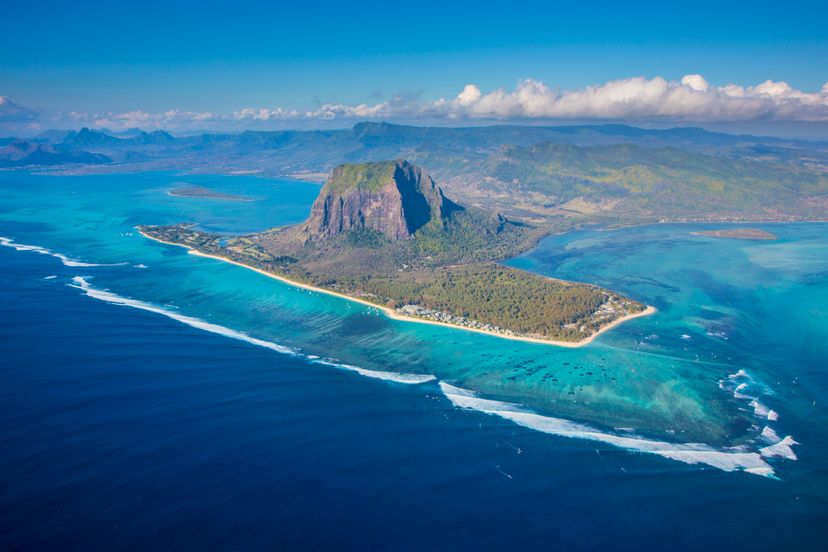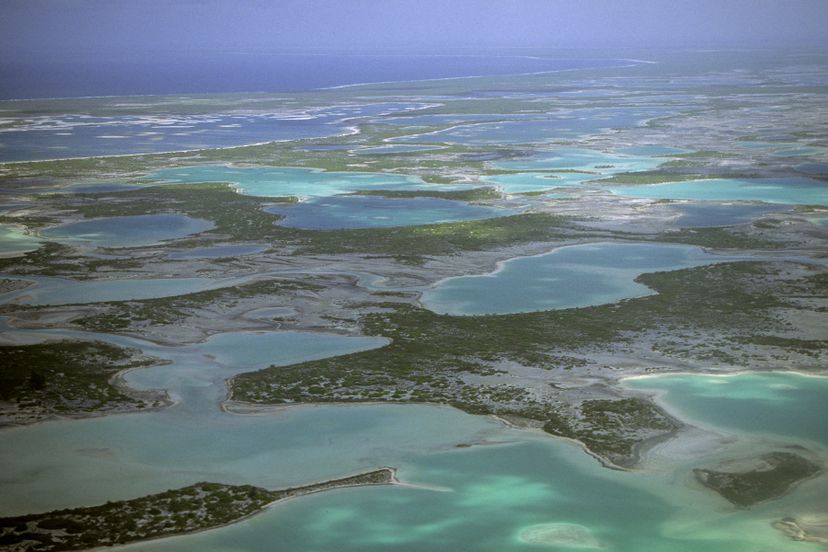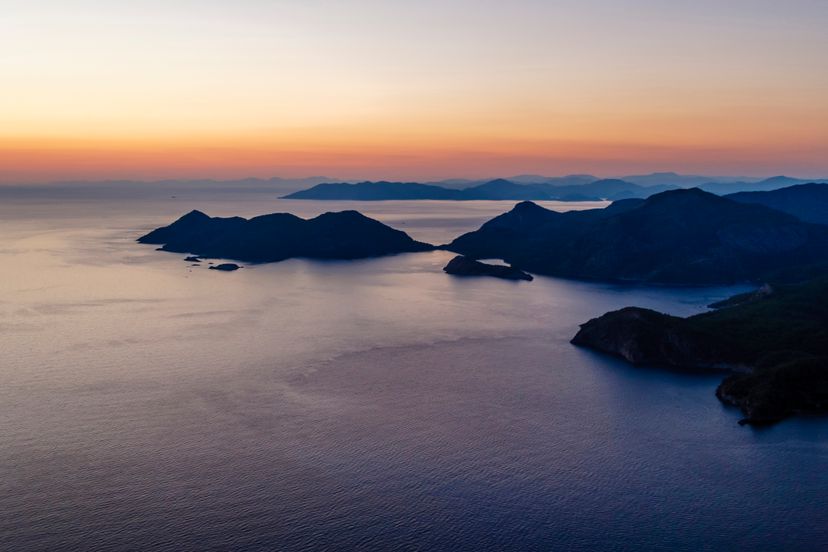
Islands have long have occupied a special place in the human imagination. "So close to our own world, yet so out of reach, they have been the landscapes where no life form was unimaginable, no occurrence impossible," as Miles Harvey noted in his 2000 book "The Island of Lost Maps."
That's why we have stories from Greek mythology of islands like Circe, where men are transformed into pigs, or Cyclopes Island, where one-eyed giants eat human flesh. The classical Greek philosopher Plato wrote of a massive, vanished land mass called Atlantis, which once existed west of the Straits of Gibraltar. In Plato's tale, Atlantis was a "great and wonderful empire" that conquered the lands surrounding the Mediterranean, until finally it was defeated by the Athenians and their allies. Then, apparently, the gods became displeased with Atlantis, and violent earthquakes and floods caused it to sink in one single day.
Advertisement
Atlantis, as Plato described it, seems to have existed only in his rich imagination. Nevertheless, it's hard to totally dismiss the possibility that it was based upon a real place. After all, plenty of islands have disappeared from maps, and some of them were real places. Others existed only in imagination, and still others live in that shadowy place between fact and fiction. Here are stories of 10 lost islands.
